Kano, Creator Of Build-It-Yourself Tech For Kids, Is Going Beyond The PC
From Hackaball to the Mover Kit to Apple’s Swift Playgrounds, a cottage industry has lately sprung up of gadgets and apps dedicated to helping kids learn how to code. Kano, which launched in 2013 as a Kickstarter project, was one of the earlier efforts. And the concept—it’s a Linux-powered computer that budding programmers build themselves, hooked into an online code-sharing community—remains unique.
In the years since its Kickstarter debut, Kano has found investors (including Salesforce’s Marc Benioff), secured retail deals with Toys “R” Us and Barnes & Noble, and sold 100,000 units. Now it’s heading back to Kickstarter to raise more funds for three new programmable do-it-yourself kits—all of which can work with the Kano Computer, but don’t require it. (The company has brought its software environment to the web in a browser-based version of its Kano Code platform.)

The new kits include:
- Pixel Kit. A smart display, in the form of a 128-pixel array of color LEDs
- Camera Kit. A 5MP camera that can be used to snap pictures or to monitor the surrounding environment
- Speaker Kit. A device for recording and playing back music and sound effects
Kano aims to raise at least $500,000 in its new crowdfunding campaign; it plans to ship the Pixel Kit in January 2017, followed by the Camera Kit in May and the Speaker Kit in July. They’ll retail for $130 apiece.
All of the kits can react to the world around them via bundled and optional sensors: The Pixel display, for instance, comes with a sensor that lets it tell if it’s being tilted. “This stuff really comes to life when it responds to its environment,” explained Kano founder and CEO Alex Klein during a visit to Fast Company‘s San Francisco office, as he quickly assembled the Pixel Kit, plugged it into his MacBook, and then taught it to flash different colors in response to loud noises. (The devices will also have wireless connectivity and the ability to respond to data spawned outside their immediate environs, such as sports scores or weather information.)
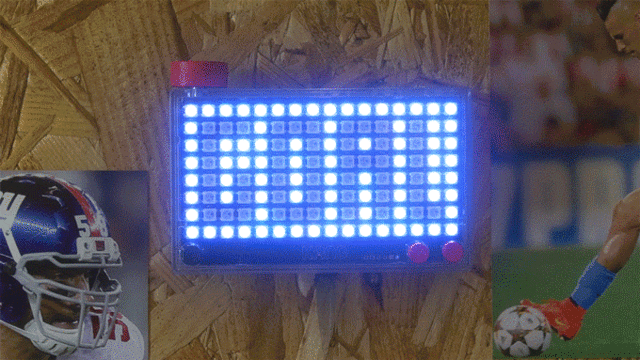
Kano was able to bring its original kid-oriented PC to market by building it around Raspberry Pi, the dirt-cheap, dead-simple, open-source mini-PC. Now that the company is more experienced, better funded, and sees the cloud as its software platform, it’s handled more of the engineering of the new kits itself. “I kind of figured that the Raspberry Pi was a sort of first lily pad for us,” says Klein.
Age-wise, Kano’s sweet spot is kids from 8 to 14. But it also has plenty of appeal for adults, a phenomenon that Klein expects to continue with the new kits. And that’s okay, because the company’s vision is bigger than STEM education for kids. “We want to make it as simple for anyone in the world to make, hack, create, manipulate, and warp technology as it is to use it today,” he explains.
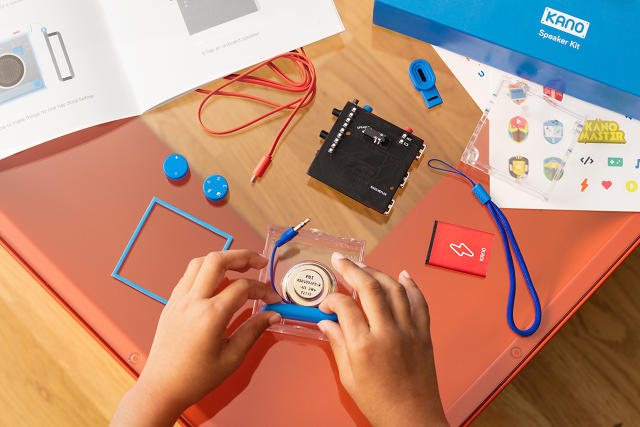
And Klein adds that the company plans to release plenty of kits beyond the ones in its current Kickstarter campaign, especially as it becomes possible to leverage new technologies in an affordable way: “I think in five years, it would be unlikely that you wouldn’t see a virtual reality kit from Kano, or a 3D printer kit from Kano.”
Kano’s Camera Kit
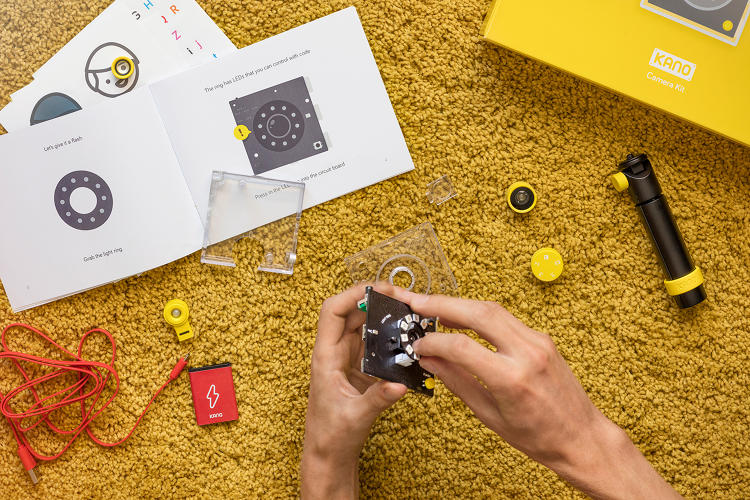
Kano’s three new kits
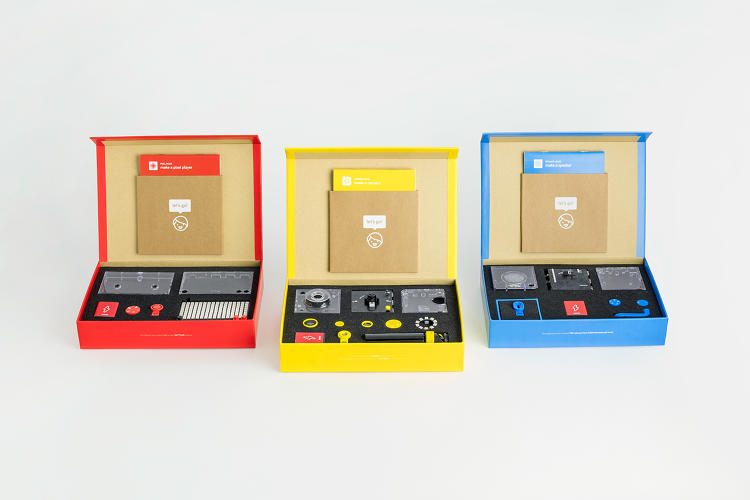
Kano’s Speaker Kit in the wild

Kano’s Pixel Kit
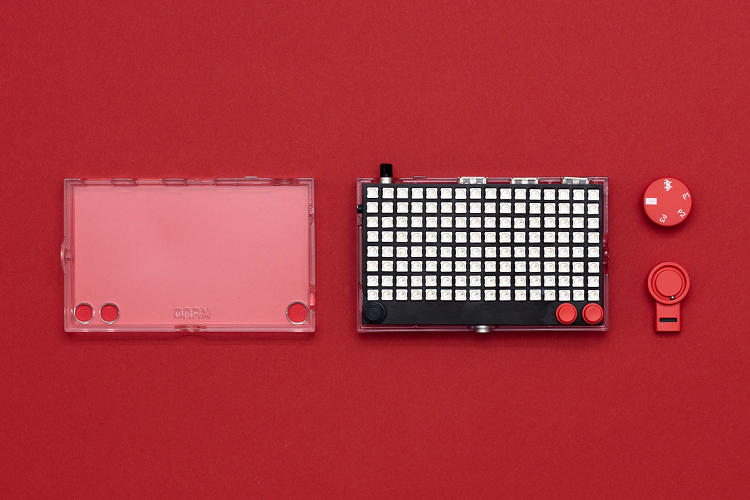
The Kano Computer and Camera Kit
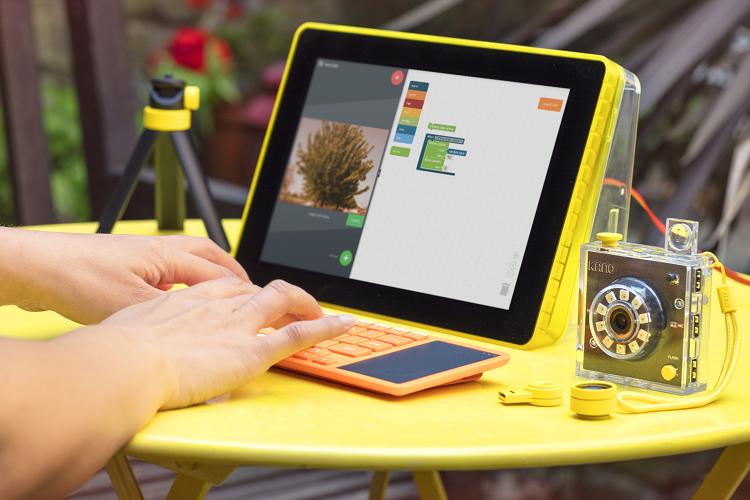
The Kano Camera
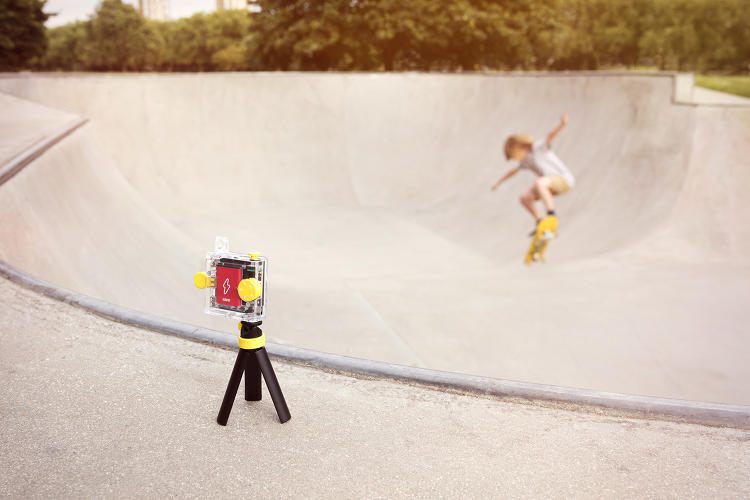
The Kano Pixel Kit
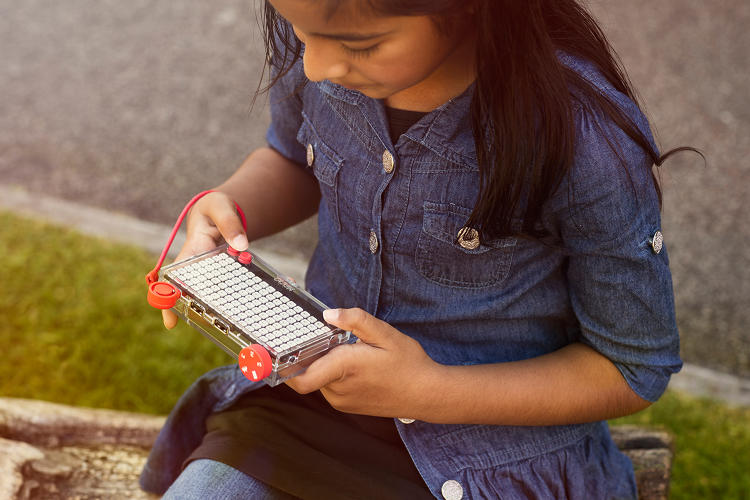
The Kano Camera Kit
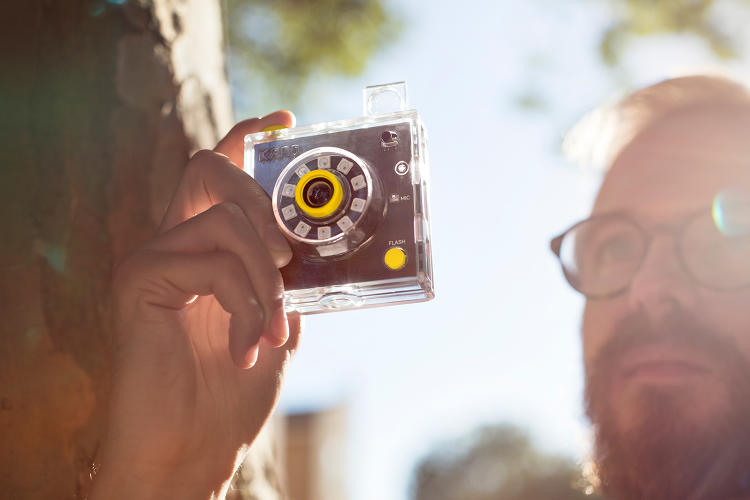
Kano’s three kits

The Kano Camera Kit
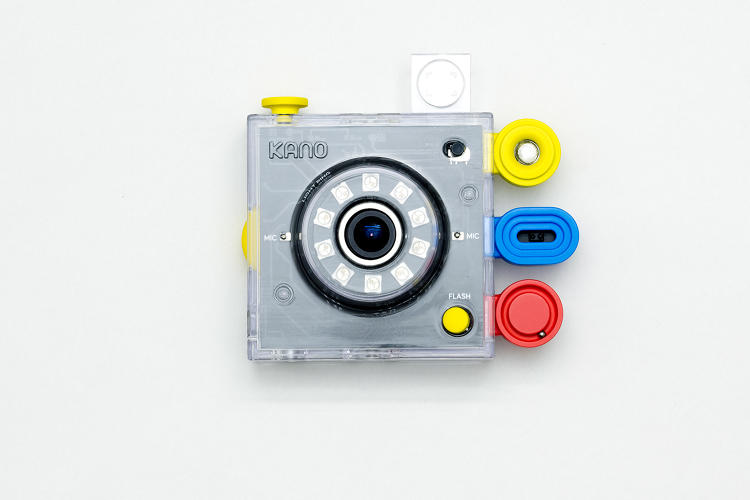
Putting together the Kano Camera Kit
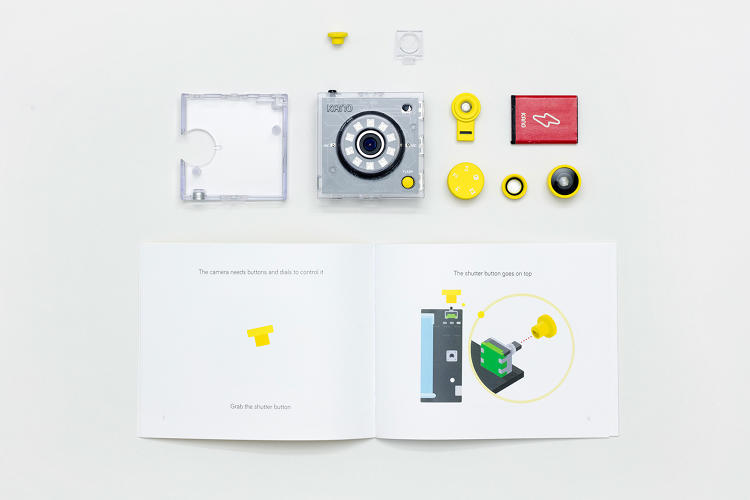
Fast Company , Read Full Story
(27)



